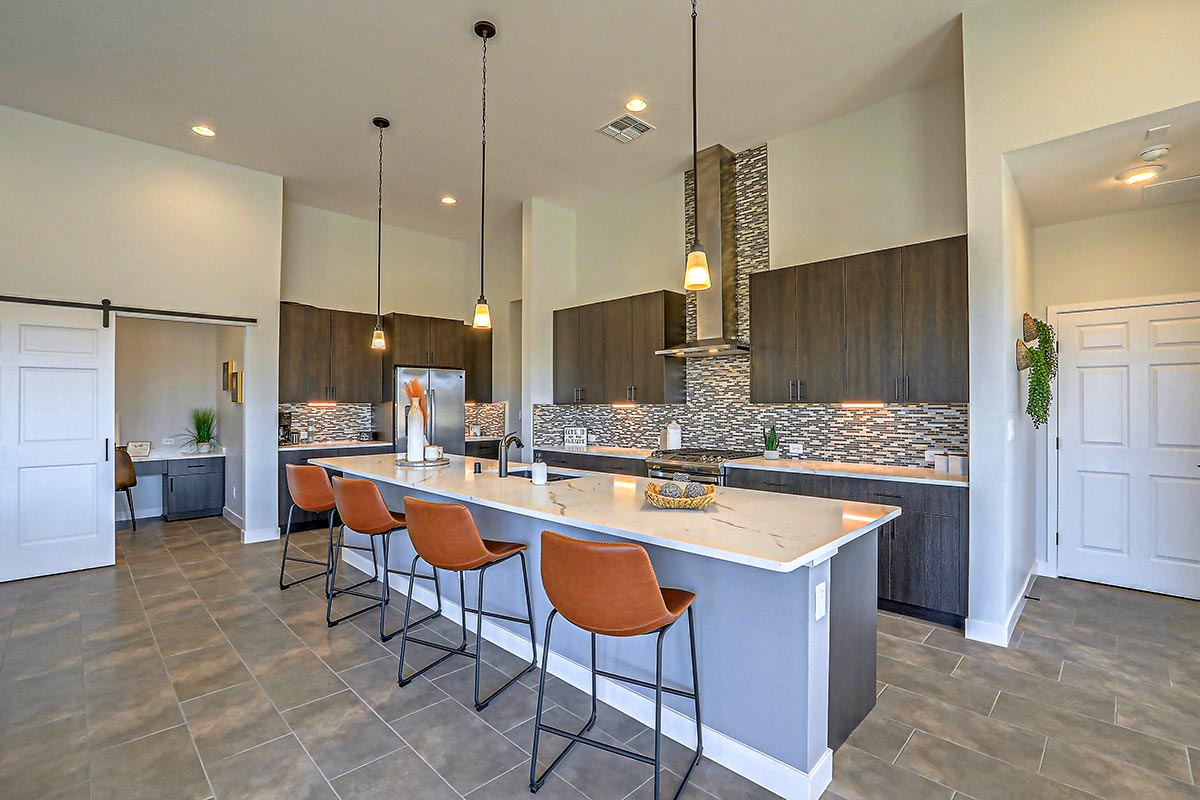love brings you home
love brings you home
Accessible Homes
Creating Homes For Life With Universal Design
In the pursuit of comfortable living spaces, where accessibility and convenience reign supreme, the concept of universal design has emerged as a guiding principle. At its core, universal design aims to craft environments and products that cater to the needs of all individuals, irrespective of age, physical ability, or health status, without necessitating specialized adaptations. One organization championing this cause is Homes for Life, dedicated to transforming residences into havens of inclusivity and functionality.
Universal design is closely intertwined with the notion of aging-in-place remodeling, a practice facilitated by Certified Aging-in-Place Specialists (CAPS). These professionals, often remodelers themselves, possess the expertise to remodel homes with universal design principles in mind. Collaboratively developed by the NAHB Remodelers, Home Innovation Research Labs, NAHB 50+ Housing Council, and AARP, the CAPS program addresses the evolving needs of consumers, particularly as demographics shift towards an aging population.

Product Quality Index
Energy Generation
Versitile in Design, Comfort for a Lifetime
The beauty of universal design lies in its versatility – it caters to individuals across the spectrum of abilities and ages. Whether you’re a young family, a seasoned couple, or someone with specific accessibility requirements, a home designed with universal principles ensures that everyone can thrive within its walls, both now and in the future.
Key features of universal design seamlessly merge with the ethos of aging-in-place remodels. These features include:
- No-Step Entry: Eliminating the need for stairs, a hallmark of universal homes, ensures easy access for all individuals, regardless of mobility.
- One-Story Living: Consolidating essential living spaces on a single level fosters a barrier-free environment, enhancing convenience and accessibility.
- Wide Doorways and Hallways: Ample door and hallway widths accommodate wheelchairs and facilitate smooth transitions between rooms, promoting unrestricted movement.
- Extra Floor Space: Spacious interiors not only enhance comfort but also accommodate diverse lifestyles and changing needs over time.
In addition to these fundamental design elements, several practical features enhance the functionality and safety of universal homes:
- Non-Slip Surfaces: Flooring and bathtub surfaces designed for traction benefit everyone, reducing the risk of slips and falls, particularly for older adults.
- Flush Thresholds: Seamless transitions between rooms eliminate barriers and hazards, ensuring ease of movement for all occupants.
- Adequate Lighting: Well-lit spaces enhance visibility, benefiting individuals with visual impairments while promoting a welcoming ambiance for all.
- Lever Door Handles and Rocker Light Switches: These ergonomic fixtures, designed with ease of use in mind, offer convenience for individuals with limited hand strength and appeal to a broader audience seeking user-friendly amenities.
By incorporating these universal design features, Homes for Life endeavors to create residences that transcend mere shelter, fostering environments where every individual can thrive, regardless of their unique circumstances. Embracing universal design isn’t just a matter of accessibility; it’s a testament to the ethos of inclusivity and empowerment, ensuring that homes remain havens of comfort and security for all.

















